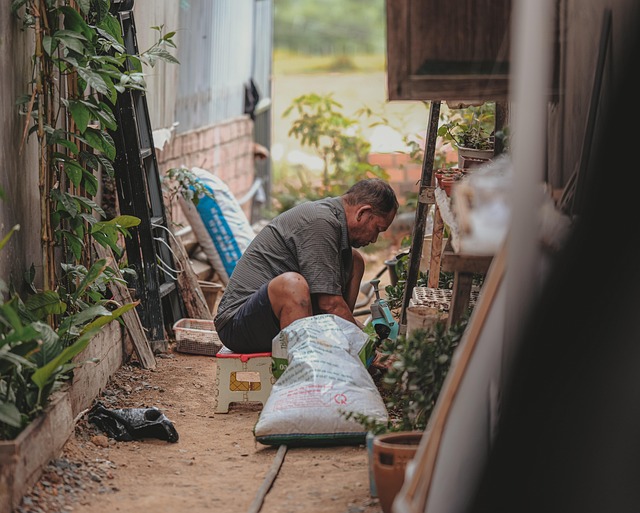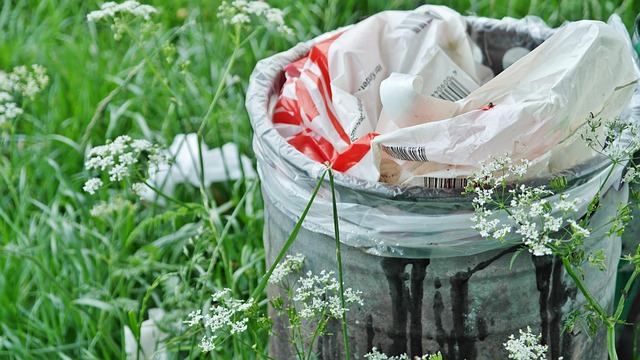Greening the City: Exploring Urban Tree Planting Programs for a Sustainable Environment
In the heart of every bustling city, there lies an urge for greenery that both residents and nature alike cherish. Urban tree planting programs have emerged as a blossoming solution to infuse vitality and sustainability into our concrete jungles. These initiatives not only beautify our surroundings but significantly contribute to environmental rejuvenation. Let’s delve deeper into this green revolution and explore why urban tree planting is crucial for sustainable living.
The Environmental Impact of Urban Greenery
Urban areas are often marked by pollution, heat, and a lack of biodiversity. However, by implementing urban tree planting programs, cities can combat these issues effectively. Trees play a critical role in purifying the air by absorbing carbon dioxide and releasing oxygen. They act as natural air filters, trapping dust, pollen, and smoke, making the urban environment healthier for everyone.
Moreover, trees provide shade, which helps to reduce the urban heat island effect—an increase in temperature caused by human activities. In turn, this mitigates energy consumption by lowering the demand for air conditioning during sweltering summer months. The sheer presence of greenery improves the overall quality of life, making cities not just livable, but lovable.
Gardening for a Better Future
Engaging in urban tree planting programs extends beyond merely planting seeds; it encompasses a community-driven approach to gardening. As residents participate in these initiatives, they develop a deeper connection to their environment. Community gardens become epicenters of education, sparking interest in horticulture and sustainable practices.
Not only do these programs foster a greener community, but they also promote biodiversity. Trees provide habitats for wildlife, thereby enriching urban ecosystems. By choosing native species for planting, cities can ensure that the flora and fauna remain in harmony with nature, allowing ecosystems to thrive amid urban development.
Creating Green Spaces: A Collective Responsibility
Urban tree planting is not just the responsibility of local governments; it calls for collective action from citizens, organizations, and businesses. Workshops and volunteer days for planting trees create opportunities for engagement, education, and empowerment. When individuals come together to nurture the environment, they cultivate a sense of responsibility toward sustainable living.
Additionally, innovative urban design can take advantage of existing spaces—balconies, sidewalks, and rooftops can all be transformed into lush green spaces. The creative potential of urban gardening provides an outlet for city dwellers to reclaim their space and reconnect with nature.
The Future of Urban Living
As cities continue to grow and evolve, so must our approach to urban planning. Emphasizing urban tree planting programs encourages a sustainable future, illustrating how we can coexist with nature even in the busiest environments. By integrating trees into our urban landscapes, we’re not only investing in the aesthetic appeal of our cities but also in their long-term health and resilience.
Adopting an eco-friendly mindset by participating in these programs reminds us of the power we hold to effect change and nurture our planet. With every tree planted, we plant hope for a greener tomorrow, cultivating nature’s beauty side by side with urban living.




